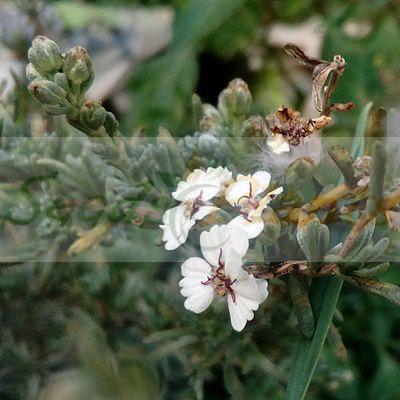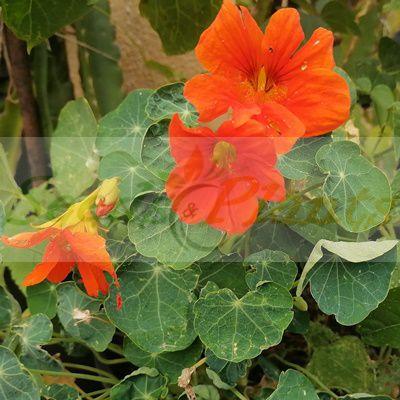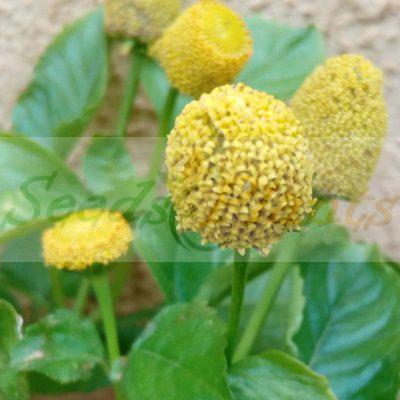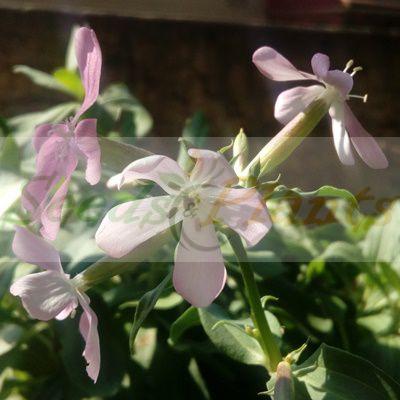-
×
 Red Goji Berry - 20 Seeds
1 × R30.00
Red Goji Berry - 20 Seeds
1 × R30.00 -
×
 Echinacea purpurea - 10 Seeds
1 × R30.00
Echinacea purpurea - 10 Seeds
1 × R30.00
German Chamomile – Approx 100 Seeds
(Matricaria chamomilla / Matricaria recutita)
R30.00
It is most often prepared as an infusion of chamomile tea, and the flowers are widely used in hair and skin care recipes.
Common Names: Sweet False Chamomile, Wild Chamomile, German chamomile, Hungarian chamomile, Blue chamomile and Scented mayweed.
Indoor Sowing: Late winter and Early Spring.
Direct Sowing: Late Spring and Early Summer.
Only 4 left in stock
German Chamomile (Matricaria chamomilla / Matricaria recutita) is an annual herb, and it grows in a bushy shrub up to 3 feet tall. It should not be confused with Roman Chamomile, which is perennial.
German Chamomile Uses
- In foods and beverages, it is used as flavoring.
- In manufacturing, it is used in cosmetics, soaps, and mouthwashes.
German Chamomile Medicinal Benefits
Historically, it has been used to treat many conditions, including:
- Chest colds
- Sore throats
- Abscesses
- Gum inflammation (gingivitis)
- Anxiety
- Insomnia
- Psoriasis
- Acne
- Eczema
- Minor first-degree burns
- Inflammatory bowel disease (ulcerative colitis)
- Stomach ulcers
- Children’s conditions such as chickenpox, diaper rash, and colic
Growing German Chamomile
Indoor Sowing: Late winter and Early Spring.
Direct Sowing: Late Spring and Early Summer.
- Sow Chamomile Seeds in late spring or early summer to avoid frost.
- Sprinkle the seeds across the top of the soil and cover very lightly with soil.
- The seeds need light to germinate.
- Water thoroughly until the soil is moist.
- Seeds need plenty of water to germinate, so mist the area daily.
- You need to be patient with chamomile because it takes 14-21 days to germinate.
- Like Roman chamomile, it prefers not too rich, organic soil.
- It does best with neutral pH (between 5.6 and 7.5).
- Regular water will keep the plants in bloom longer, but chamomile plants are very drought tolerant, once established.
- In extremely hot climates, chamomile will appreciate being kept watered and getting some afternoon shade.
Disclaimer
Medicinal Information:
All medicinal information on this website is for educational and informational purposes only and may not be construed as medical advice. The information is not intended to replace medical advice or treatment offered by healthcare professionals.
Seeds, Plants, Plant Cuttings, Geophytes and Dried Herbs:
In some countries and provinces, certain plants are deemed as invasive and are not allowed to be planted at all, whilst some plants are allowed to be grown only in certain areas or provinces. The onus is on you as the buyer to familiarize yourself with the regulations pertaining to your location, before purchasing any of our seeds, plants, plant cuttings, geophytes or dried herbs. We will not be held liable, should you purchase any seeds, plants, plant cuttings, geophytes or dried herbs. from us which are prohibited in your country or province.

 Echinacea purpurea - 10 Seeds
Echinacea purpurea - 10 Seeds 
















